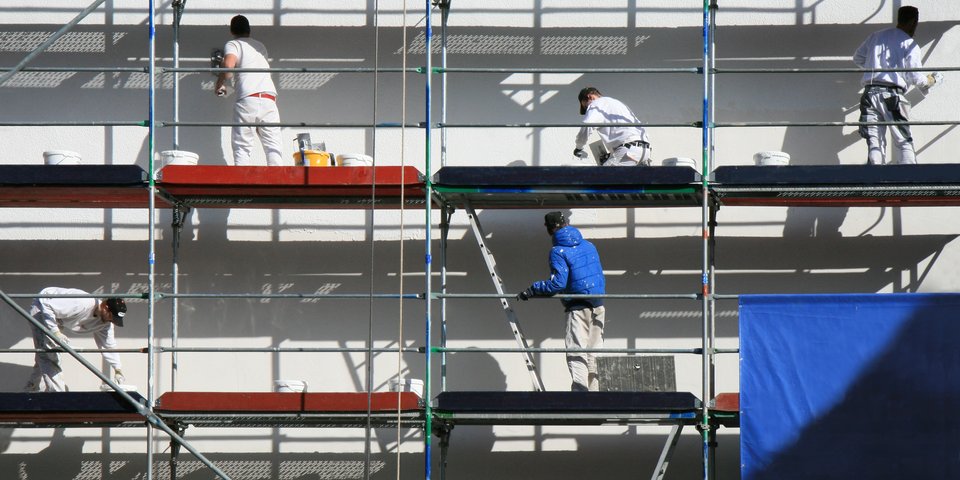 mygimwali - Fotolia
mygimwali - FotoliaEuropean Commission strengthens protection against asbestos
Path to an asbestos-free future
LB – 10/2022
On 28 September 2022, the European Commission
adopted a comprehensive concept for better
protection against carcinogenic asbestos and for an asbestos-free future. Among
other things, the current exposure limit for asbestos in the workplace in the
EU is to be reduced tenfold, from 0.1 to 0.01 fibres per cubic centimetre
(f/cm³) or, in other words, from a maximum of 100,000 fibres to a maximum of
10,000 fibres per cubic metre.
Health risk of asbestos
Asbestos is a
carcinogenic substance that has been banned from use in the EU since 2005, but
is still present in many older buildings, therefore being capable of posing a
health risk to people in the construction industry, for example. Many of the
occupational cancers recognised in EU Member States are related to asbestos. It
is therefore important to improve protection against asbestos, and not only
against the background of the ecological change that the European Commission is
aiming for in its political guidelines. The European Commission also wants to
optimise health in the workplace.
European Commission proposals
The European Commission
had therefore set out, among other things, to update the Directive on the
protection of workers from the risks related to exposure to asbestos in the
workplace and to reduce exposure to carcinogens and harmful radiation.
In
addition to the proposal for a Directive that has now been made with an
adjusted limit, it also presented a Communication on the Way Forward Towards an
Asbestos-free Future which addresses the issue of asbestos
comprehensively - from better diagnosis and treatment of asbestos-related
diseases, the detection and safe removal of asbestos in buildings, to the
disposal of asbestos waste. EU funds are
provided by the Recovery and Resilience Facility, the European Social Fund Plus and the European Regional Development Fund to support Member
States in this regard.
Reactions to lowering of the limit
The European Commission stressed that lowering
the limit for asbestos in the workplace to 10 times the current level - from 0.1 f/cm³ to 0.01 f/cm³ - is based on the latest scientific and
technological developments. The European Parliament had called for an even stricter limit of 0.001
f/cm³ in October 2021, citing the International Commission on Occupational
Health. In this respect, for example, the Trade unions as well as the S&D Parliamentary Group were disappointed
by the proposed Directive.
In Germany, the handling
of asbestos is regulated in occupational safety by an exposure-risk approach
with two limits. In April 2022, DSV therefore proposed a gradual reduction and the setting of a deadline for review.
It had also suggested the definition of previously undefined legal terms in the
Asbestos Directive.
Next steps
The
European Commission's proposal to amend the Directive is now being discussed by
the European Parliament and the Member States. After the adoption of the
European Commission's proposal, Member States have two years to transpose the
Directive into national law.
